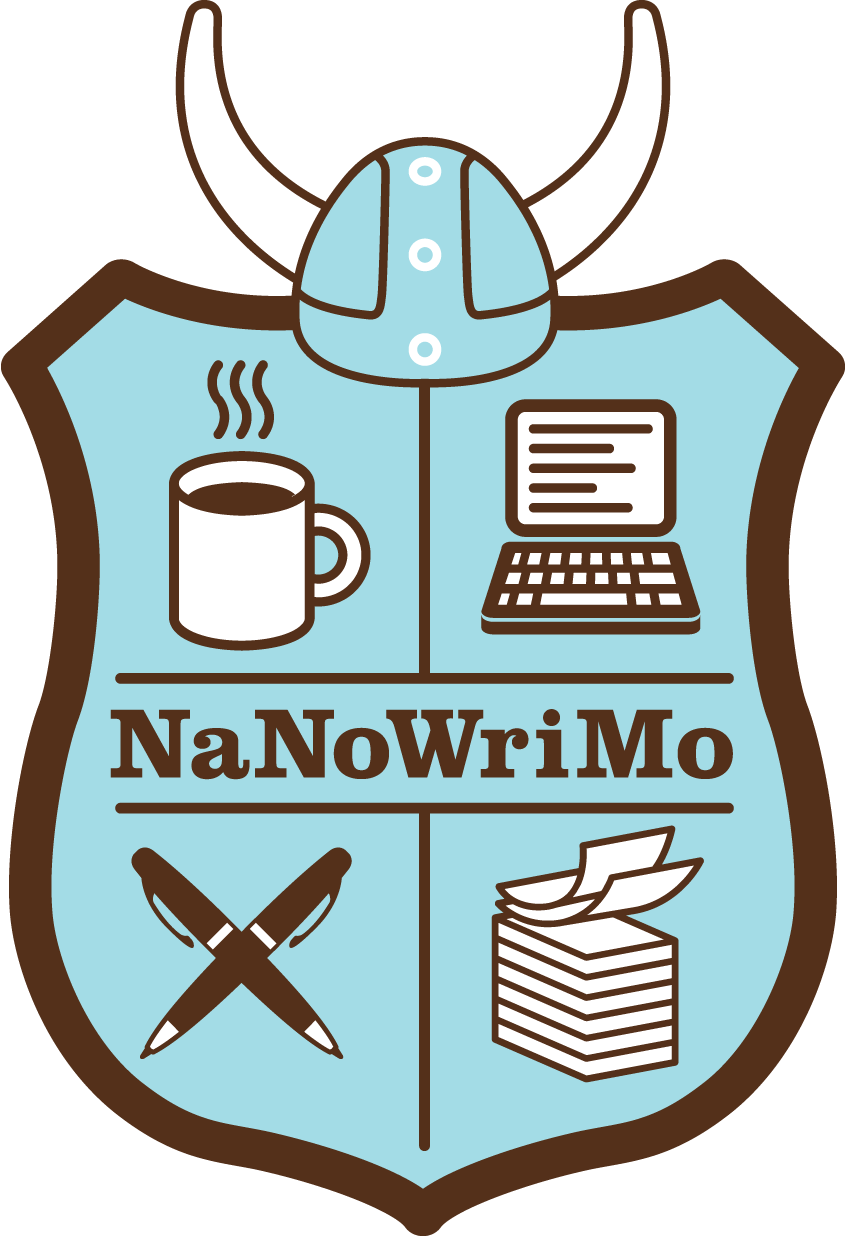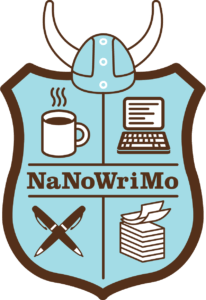Quick links, bringing you great articles on writing from all over the web.
Today’s post is from , from Kill Zone, because I don’t like to think too much when I exercise either. I look for exciting movies that can pull me in, and away from the treadmill. However, no matter how exciting the story is, there is a point where the credulity of the audience is strained beyond what they can stand. The tolerance levels differ for everyone, but there is a breaking point. So make your protagonist earn their way, instead of providing a miracle to save them.
~ * ~
Your Characters Must Earn Their Way Out of Trouble
by James Scott Bell
@jamesscottbell
 My treadmill movie the other day was Fast Five.
My treadmill movie the other day was Fast Five.
I don’t like to think too much when I exercise.
The movie, part of the wildly successful franchise, has two opening set pieces. In the first, Dominic Toretto (Vin Diesel) is rescued from a prison bus by his car-driving cohorts, led by Brian O’Conner (the late Paul Walker) and Dom’s sister Mia (Jordana Brewster). The three of them end up hiding out in Rio de Janeiro.
In the second set piece, Dom and his team set out to steal three cars off a moving train (why bother with a mere car dealership?) They need to pull this off without anybody on the train (including engineers, conductors, several DEA agents, and passengers with window seats) realizing that an off-road, tricked-out tow truck is tracking alongside as two guys use blow torches to peel off a large section of train car.
In other words, mindless fun.
Read the full post on Kill Zone



